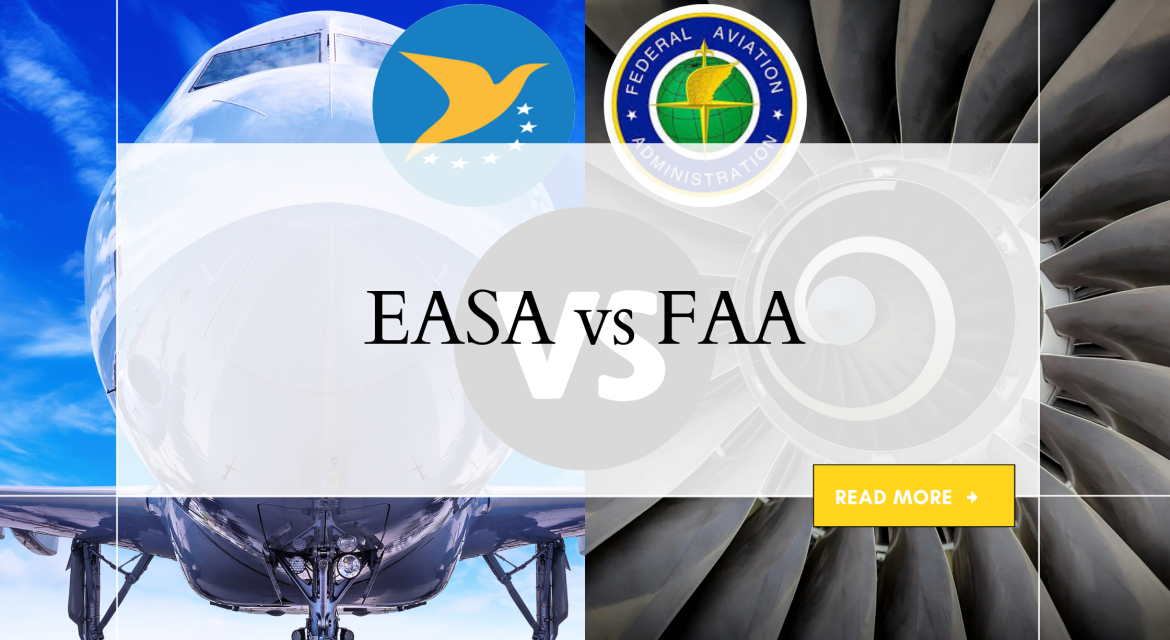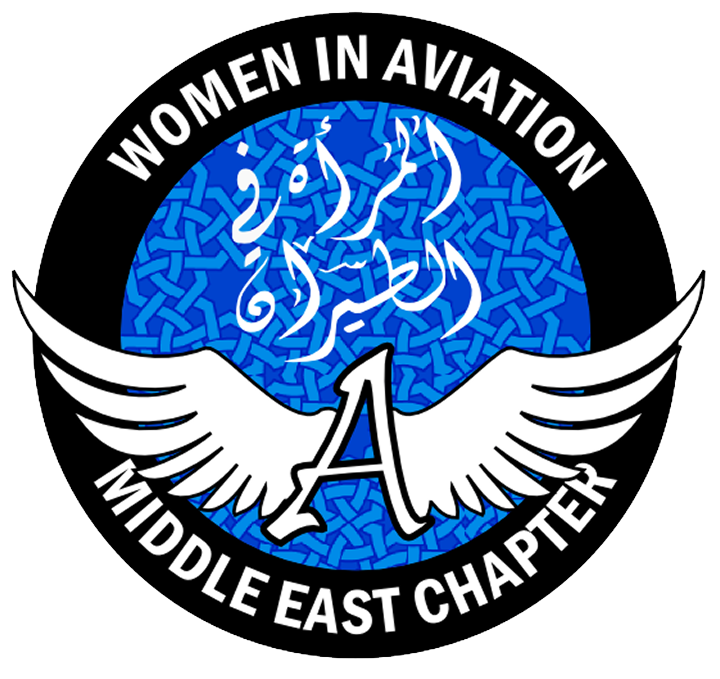Understanding the Two Major Pilot Licenses
When it comes to professional pilot training, two licensing authorities dominate the industry: EASA (European Union Aviation Safety Agency) and FAA (Federal Aviation Administration, USA). Both are globally recognized, but they differ in training style, regulations, and career opportunities.
Choosing between EASA vs FAA is one of the most important decisions for aspiring pilots, as it determines where you can fly, how you’ll train, and even the type of airlines you may work with.
Key Differences Between EASA and FAA
1. Training Structure
-
EASA (Europe): Training is highly structured, syllabus-driven, exam-intensive. It often follows a modular or integrated pathway, making it suitable for cadet pilots who want a step-by-step approach.
-
FAA (USA): Offers more flexible training, often hour-based rather than syllabus-driven. FAA students enjoy a less rigid structure, which can be appealing for pilots who prefer flexibility.
2. Exams and Theory
-
EASA: Requires 14 ATPL theoretical exams, covering subjects in great depth (from meteorology to general navigation).
-
FAA: Requires fewer written exams, often more straightforward compared to EASA, but still maintains rigorous flight checks.
3. Flight Hours
-
EASA: Typically requires fewer actual flight hours during training, but with stricter checks and simulator requirements.
-
FAA: Requires 1,500 flight hours for an Airline Transport Pilot License, making it more flight-experience heavy.
4. Career Opportunities
-
EASA License: Recognized across Europe, the Middle East, and in many parts of Asia. Airlines in these regions often require EASA certification.
-
FAA License: Recognized mainly in the United States, though many countries accept FAA with validation or conversion. The 1,500-hour rule, however, can be a challenge for international pilots.
Which One Is Right for You?
-
Choose EASA if your career goal is to work with European or Middle Eastern airlines, or if you prefer structured, theory-intensive training.
-
Choose FAA if you want flexibility in training, plan to fly in the USA, or prefer building high flight hours before joining an airline.
Both licenses have strong global value, and many pilots later convert their license to meet international opportunities.
Airman’s Ground Guidance
At Airman’s Ground, we simplify the complex choice between EASA vs FAA by breaking it down for our students.
Our mission is to make sure aspiring pilots understand not just the technical requirements but also the career impact of each pathway.
Let’s Begin The Premium Journey with Airman’s Ground!






